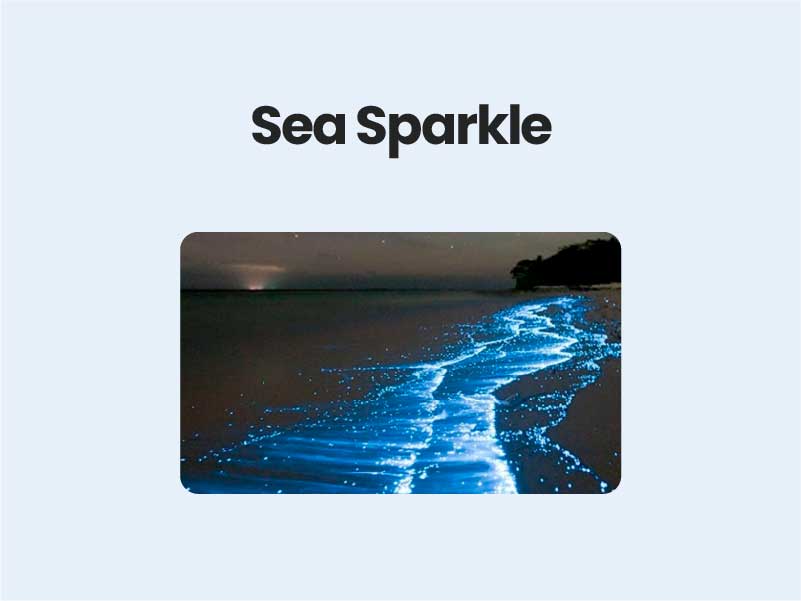Companion@360 → 7 Month programme to sharpen your writing skills → REGISTER NOW

Sea Sparkle
- The bloom of Noctiluca Scintillans, commonly known as “sea sparkle” that the Karnataka coast has been witnessing since about a month, has displaced microscopic algae called diatoms, which form the basis of the marine food chain.
- This has deprived food for the planktivorous fish, scientists from the Central Marine Fisheries Research Institute (CMFRI), Mangaluru, have said.
- The bioluminescent Noctiluca Scintillans also brightened the sea water during night.
- The toxic blooms of N. Scintillans were linked to massive fish and marine invertebrate kills.
- Though the species does not produce a toxin, it was found to accumulate toxic levels of ammonia, which is then excreted into the surrounding waters, possibly acting as the killing agent in blooms.
- The ammonia makes N. Scintillans unpalatable for most creatures. Only jellyfish and salps were known to prey on it. N. Scintillans grazes on other micro-organisms such as larvae, fish eggs, and diatoms.
- But the unicellular phytoplankton that live inside it can photosynthesise, turning sunlight into energy. They help their host cell survive even when food was scarce. Thus, N. Scintillans acts as both a plant and an animal.
Plankton bloom:
- Plankton bloom was reported when the density of plankton would be more than 1,00,000 cells per m3.
- Bioluminescence was the production and emission of light by a living organism and occurs due to a chemical reaction, involving a light-emitting molecule and an enzyme, called luciferin and luciferase.

